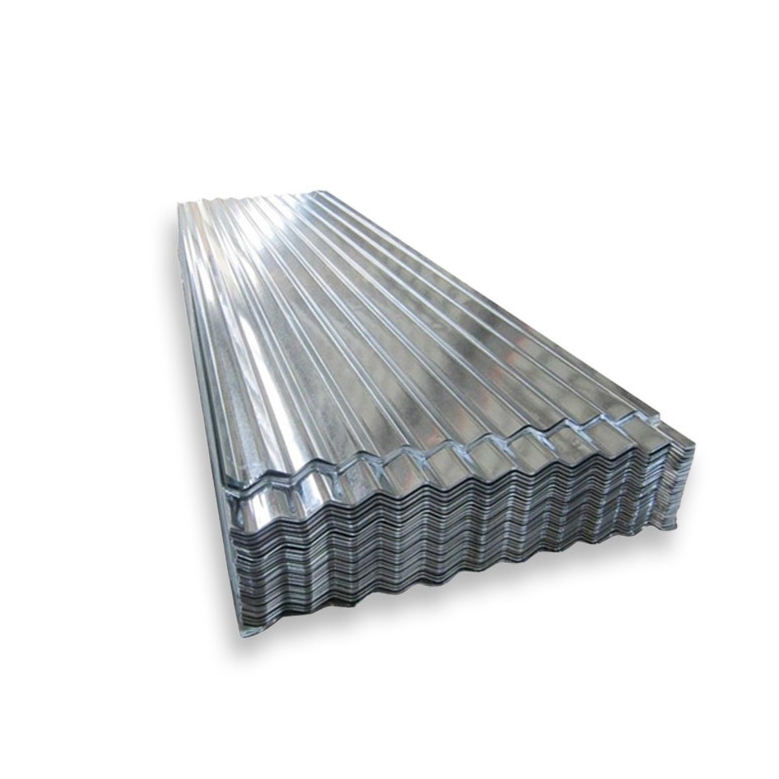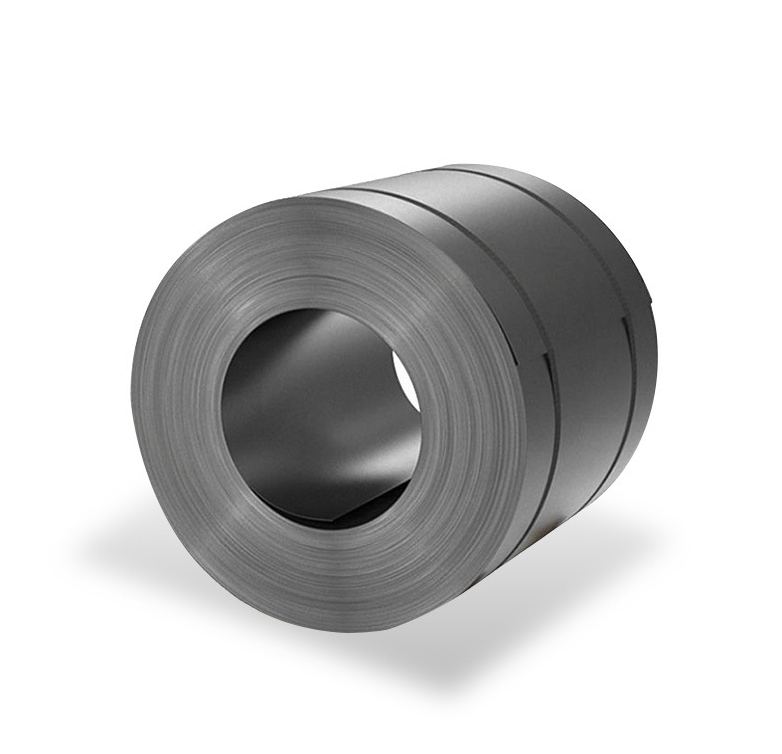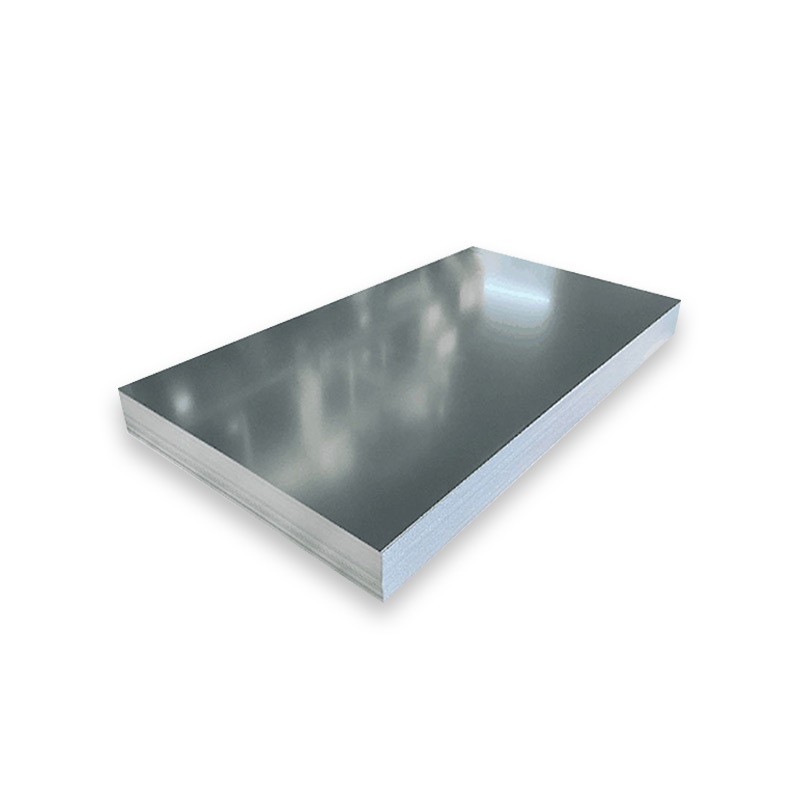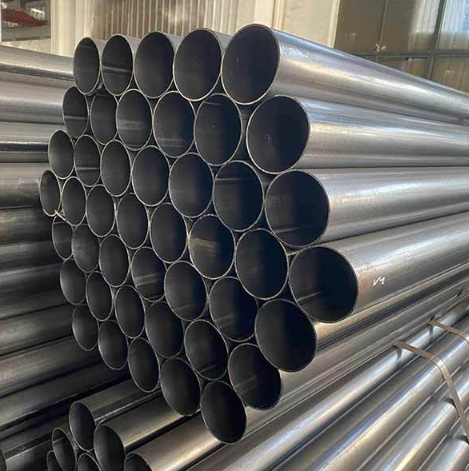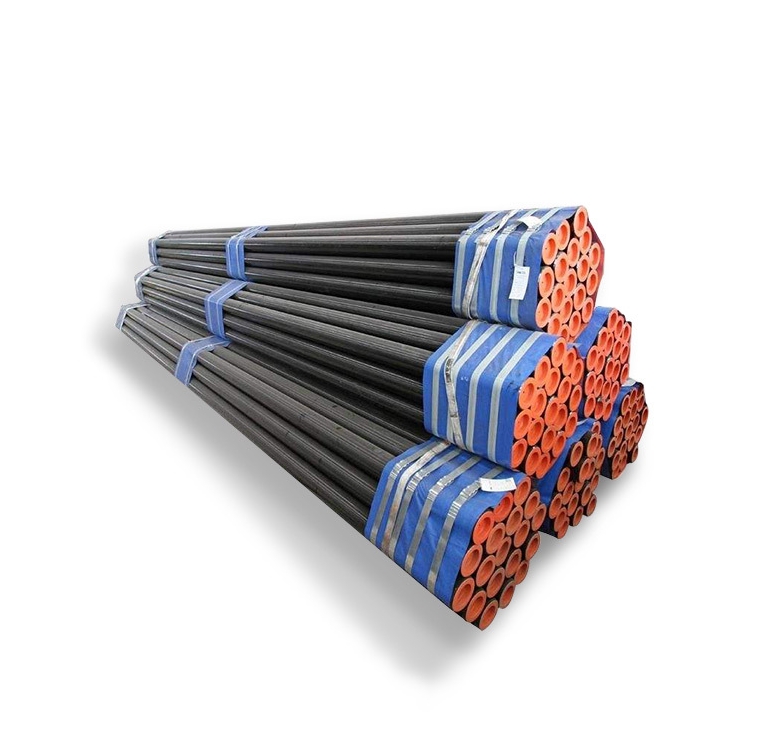Understanding Alloy 20 Plate Steel
Alloy 20 (UNS N08020), often referred to as Carpenter 20, is a nickel-iron-chromium austenitic alloy specifically developed for robust performance in environments with sulfuric acid. Its chemical composition typically includes approximately 32-38% nickel, 19-21% chromium, along with additions of molybdenum (2-3%) and copper (3-4%), which synergistically enhance its resistance to various corrosive media.
Key Properties and Advantages
Alloy 20 plate steel offers several significant advantages, making it a preferred material in demanding applications:
- Superior Corrosion Resistance: Its primary feature is exceptional resistance to hot sulfuric acid. It also performs well against phosphoric acid, nitric acid, and chloride-containing environments, offering good resistance to pitting, crevice corrosion, and chloride stress corrosion cracking (SCC).
- Good Mechanical Properties: Alloy 20 maintains good strength and toughness at both ambient and moderately elevated temperatures.
- Excellent Fabricability: It can be readily formed and welded using standard fabrication practices common for austenitic stainless steels.
The alloy’s stability and resistance to intergranular corrosion in the as-welded condition are also noteworthy. Reputable suppliers, such as Shanxi Luokaiwei Steel Company, often provide comprehensive material data sheets detailing these properties.
Common Applications
The unique corrosion resistance profile of Alloy 20 plate makes it indispensable in a wide range of industries:
- Chemical Processing: Tanks, piping, heat exchangers, pumps, and valves for handling sulfuric acid, phosphoric acid, and other aggressive chemicals.
- Petrochemical Industry: Equipment exposed to corrosive process streams.
- Pharmaceutical and Food Processing: Applications where product purity and corrosion resistance are critical.
- Power Generation: Flue gas desulfurization (FGD) systems.
- Manufacturing: Pickling equipment, synthetic fiber production, and plastics manufacturing.
When sourcing Alloy 20 plate for such critical applications, it is beneficial to consult with experienced stockholders like Shanxi Luokaiwei Steel Company who can advise on specific grade suitability and availability.
Fabrication and Welding
Alloy 20 plate exhibits good fabricability. It can be cold and hot worked, though its work-hardening rate is higher than standard austenitic stainless steels, requiring more power.
Welding Alloy 20 can be accomplished using common techniques such as Gas Tungsten Arc Welding (GTAW/TIG), Gas Metal Arc Welding (GMAW/MIG), and Shielded Metal Arc Welding (SMAW). Matching filler metals (e.g., ERNiCrMo-3, ENiCrMo-3) are essential to maintain the corrosion resistance of the weldment. Preheating is generally not necessary, and post-weld heat treatment is usually not required to retain corrosion resistance, though it might be considered for stress relief in certain complex fabrications. Machining requires sharp tools, slower speeds, and positive feeds due to its tendency to work harden. For projects requiring consistent quality and specific dimensions in Alloy 20 plate, sourcing from experienced suppliers like Shanxi Luokaiwei Steel Company is advisable.
Standards and Specifications
Alloy 20 plate is commonly specified under ASTM B463 (for plate, sheet, and strip) and ASME SB-463. The corresponding UNS designation is N08020. Other relevant specifications may apply depending on the specific product form and application. These standards ensure material quality, chemical composition, mechanical properties, and consistency. Sourcing from reputable entities like Shanxi Luokaiwei Steel Company is crucial for meeting these critical requirements and ensuring material traceability for demanding service conditions.



